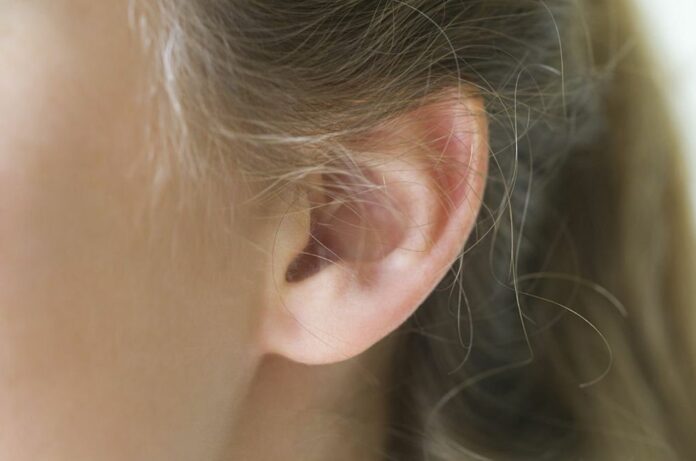The world of sound is not merely confined to its physical properties of frequency and amplitude. For us, it carries a deeper significance, evoking emotions and triggering intricate perceptions. Sounds can be pleasant or unpleasant, comforting or foreboding, and convey valuable information or simply noise.
One crucial factor that influences the emotional impact of sounds, known as their “valence,” is their origin. When sounds approach us, creating a looming effect, they tend to be perceived as more unpleasant, powerful, arousing, and intense compared to sounds that recede. This effect is particularly pronounced when the sounds originate from behind us rather than from the front. This bias could be attributed to an evolutionary advantage, as our ancestors in the African savannah would have been alerted by sounds approaching from their vulnerable backs, possibly indicating the presence of a predator.
Now, a team of neuroscientists from Switzerland has uncovered another fascinating aspect of the influence of sound direction on emotional valence. Their research reveals that we exhibit stronger responses to positive human sounds, such as laughter or pleasant vocalizations when they come from the left.
According to the findings “human vocalizations that elicit positive emotional experiences, yield strong activity in the brain’s auditory cortex when they come from the listener’s left side. This does not occur when positive vocalizations come from the front or right,” remarks first author Dr. Sandra da Costa.
The team also shows “that vocalizations with neutral or negative emotional valence, for example, meaningless vowels or frightened screams, and sounds other than human vocalizations do not have this association with the left side.”
In the study, Da Costa and colleagues utilized functional magnetic resonance imaging (fMRI) to explore how the brains of 13 right-handed volunteers, all in their mid-twenties and without music training, responded to sounds emanating from different directions. The researchers sought to understand the neural responses to six distinct categories of sounds, including positive human vocalizations such as erotic sounds, neutral and negative vocalizations like meaningless vowels and a frightened scream, as well as positive, neutral, and negative non-vocalizations like applause, wind, and a ticking bomb.
Focusing on crucial regions involved in early sound processing, namely the primary auditory areas A1 and R, adjacent early-stage auditory regions, and the renowned ‘voice area’ (VA), Da Costa et al. meticulously compared brain activity between the left and right hemispheres. Their findings unveiled a remarkable pattern: when exposed to positive vocalizations from the left, both A1 and R in both hemispheres exhibited maximal activation, while responses diminished significantly when subjected to positive vocalizations from the front or right, neutral or negative vocalizations, or non-vocal sounds.
According to Dr. Tiffany Grisendi, a co-author of the study, the primary auditory cortex, situated in both hemispheres of the brain, exhibits remarkable sensitivity to vocal sounds conveying positive emotions, particularly those emanating from the left side. This significant activation in the primary auditory cortex, which acts as the initial receiver of auditory information within the brain’s cortex, suggests that the sound’s emotional tone, its valence, and its spatial source are primarily detected and processed in this region. These findings shed light on the intricate mechanisms underlying our perception and processing of auditory stimuli.
Furthermore, an intriguing discovery emerged: while the right hemisphere’s region known as L3 exhibited heightened sensitivity to positive vocal sounds originating from either the left or right, its counterpart in the left hemisphere remained unaffected. Notably, this enhanced response was independent of the spatial direction of the sound for non-vocal stimuli.
The evolutionary implications underlying our brain’s inclination towards positive vocalizations from the left hemisphere still elude researchers, leaving a captivating enigma to be unraveled.
“It is currently unknown when the preference of the primary auditory cortex for positive human vocalizations from the left appears during human development,” comments Senior author Prof Stephanie Clarke, “and whether this is a uniquely human characteristic. Once we understand this, we may speculate whether it is linked to hand preference or the asymmetric arrangements of the internal organs.”
Image Credit: Getty
